Vitamins from a package: do you need to wash frozen berries before eating?
There is no need to wash frozen berries prepared industrially, because they have already undergone this procedure during processing and are sold as a ready-to-eat product. This is the official position of manufacturers, but the realities of life tell a different story - strawberries, blueberries, cherries and other fruits do not always meet the standards of purity and safety.
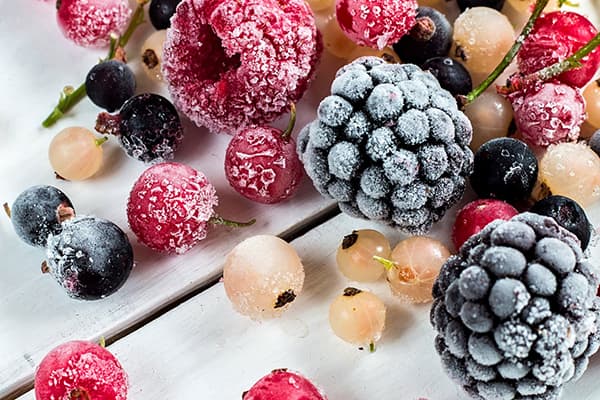
When to wash and when not to?
Contact with water will definitely not benefit berries that have been frozen with added sugar. At a minimum, they will lose their taste. Also, do not wash broken raspberries - neat pieces will simply turn into puree.
As for berries with hard skin (such as lingonberries, cherries, sea buckthorn, rose hips), they tolerate water treatments quite steadfastly.
Washing blueberries, red and black currants, viburnum, and strawberries can be somewhat risky.
Berries that are sold in hermetically sealed packaging and whose manufacturer is trustworthy can be eaten immediately.
Fruits should be rinsed with water before use:
- purchased by weight (they could be touched by hand or scattered and then collected from the floor, although this is prohibited by trade rules);
- with obvious traces of contamination, the presence of foreign impurities;
- from unknown manufacturers.
By the way, there is an opinion that low temperature kills bacteria.In fact, this is not so - only some types of helminths die during long-term freezing. Microbes “hibernate”, and when conditions become favorable, they begin to multiply even more actively. Therefore, frozen berries cannot be considered an absolutely safe product - if they are produced in violation of the technology and have not subsequently undergone heat treatment or have not been washed, there is a risk of encountering intestinal infections.
Wash the berries correctly: three options for every taste
Depending on the type of berries and the desired result, you can wash them in various ways.
It is important to remember that re-freezing any products is prohibited, so before washing, you should pour out the amount of fruit from the bag that will be used immediately.
In cold water
If you need to rinse berries that have already thawed a little, this method will be more gentle than the others, since cold water does not provoke the release of juice. However, so that the taste and condition of the fruits are not affected, it is better to remove them from the freezer 2-3 minutes before washing.
The process is quite simple - place the berries in a colander or sieve and quickly rinse under running tap. It is not recommended to mix them with a spoon or fingers. If necessary, you can vigorously shake the dishes, imitating tossing a pancake in a frying pan - the berries that were at the bottom will end up on top. After washing, you need to let the water drain.
In warm water
This way you can not only clean the berries from dirt and microorganisms, but also defrost them. You should only use warm water on frozen fruits - those that have already been left at room temperature will release a large amount of juice.Cherries (with or without pits) and other berries with thick skin can be processed in this way.
Recommended water temperature is 60°C. Washing is carried out according to the principle described in the previous paragraph.
Dousing with syrup
This option is ideal for soft and delicate fruits such as strawberries and raspberries. When washed with plain water, they become limp, but if you use syrup, all the berries remain intact and beautiful, in addition, their taste becomes more pleasant. The only downside is the sticky sugar layer. It remains on the surface and stains your fingers, so you should eat berries doused in syrup using cutlery.
The washing process goes like this:
- First, brew the syrup. It should be as rich as possible - the more sugar, the higher the likelihood that the berries will not lose their appearance.
- Next, the finished syrup should be left on the table for 5 minutes to cool slightly.
- The berries are poured into a metal sieve in a thin layer (about 3 cm). If you need to process a lot of fruits, this is done in several stages.
- Pour hot syrup over the berries, shake the sieve and pour over again.
- Wait until the remaining syrup has drained and transfer the strawberries or raspberries to a plate.
For the procedure to be successful, the fruits should not be thawed. Otherwise, they may turn into “porridge” - there will be no choice but to make compote or jam from them.
The syrup that was poured over the berries needs to be poured out. It is not worth reusing it for any purpose, because it contains all the dirt that was present on the surface of the fruit.
Whether or not to wash frozen berries is up to everyone to decide for themselves. However, if you have doubts about the quality of the product, it is still worth spending a little time and rinsing the contents of the package.This simple action will help not only maintain health, but also improve the taste of the fruit if sugar syrup was used for washing.
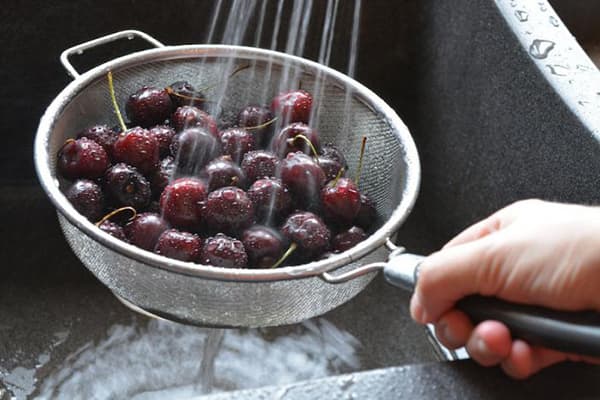
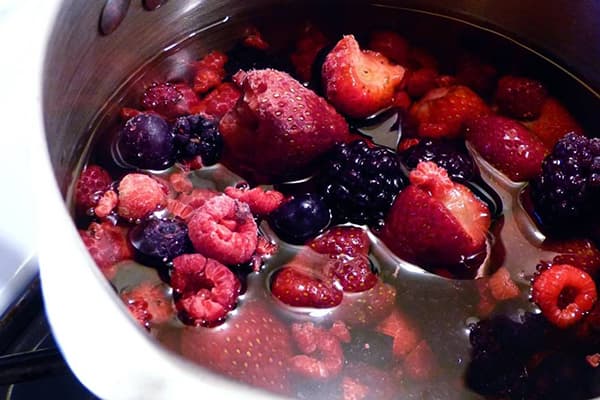
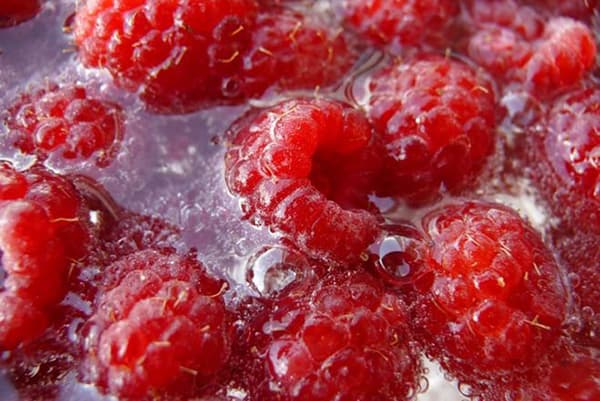
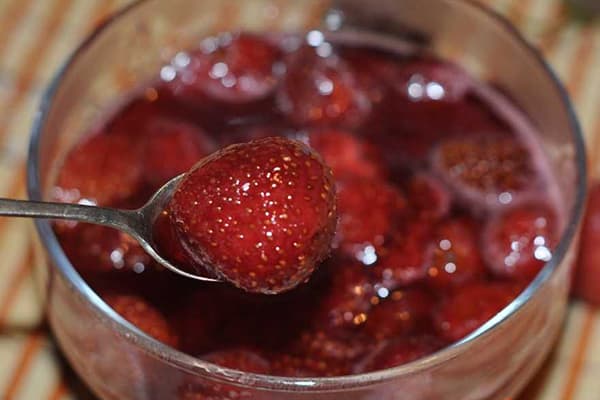
I always rinse under cold water. True, I used to immediately take it out of the freezer and wash it. Now I wait about 5 minutes, especially if these are delicate berries like raspberries.